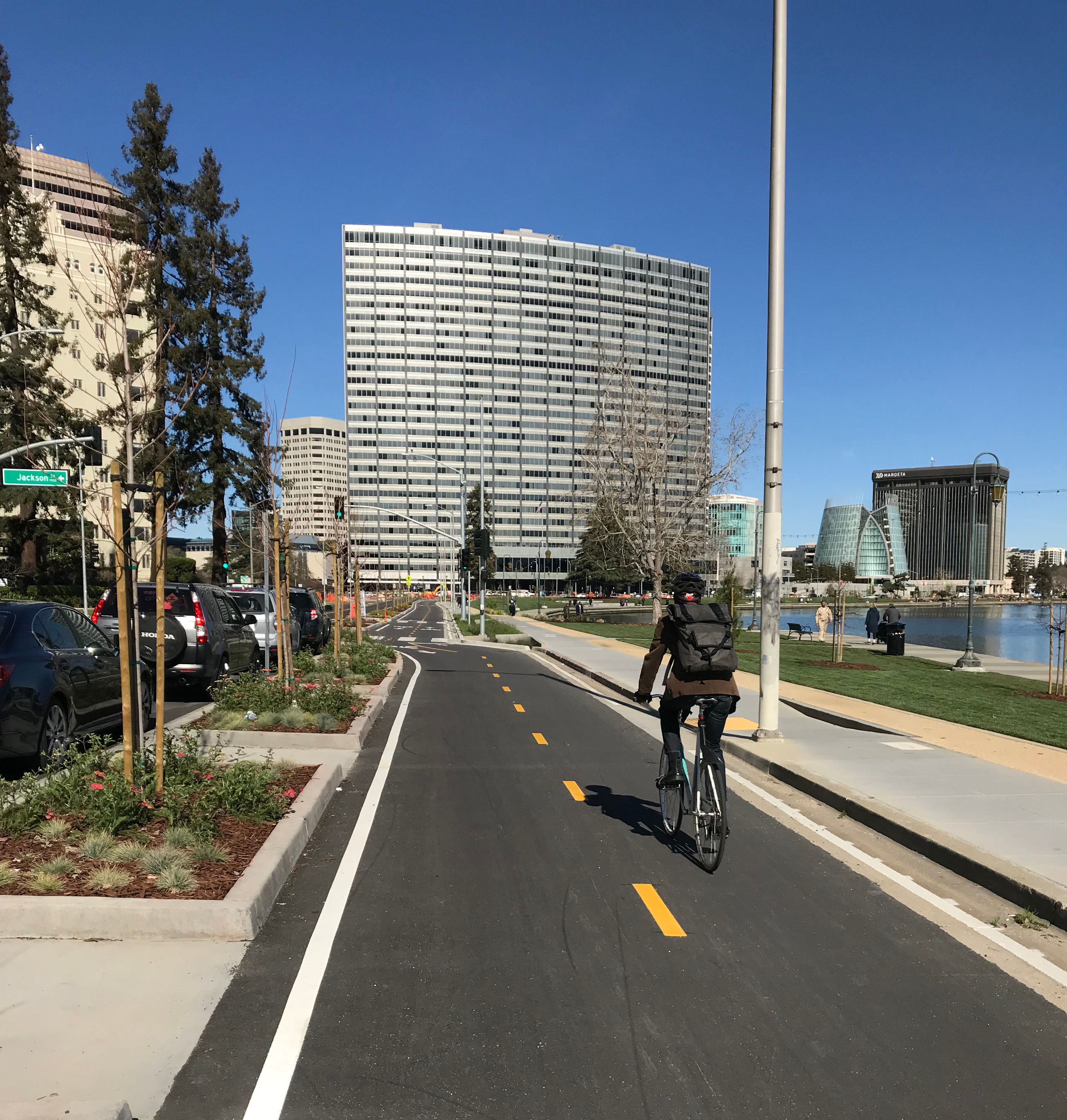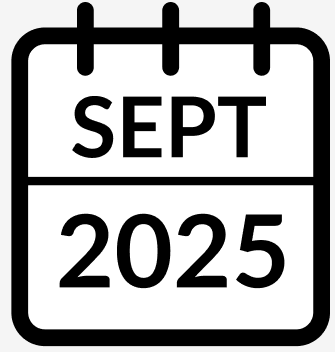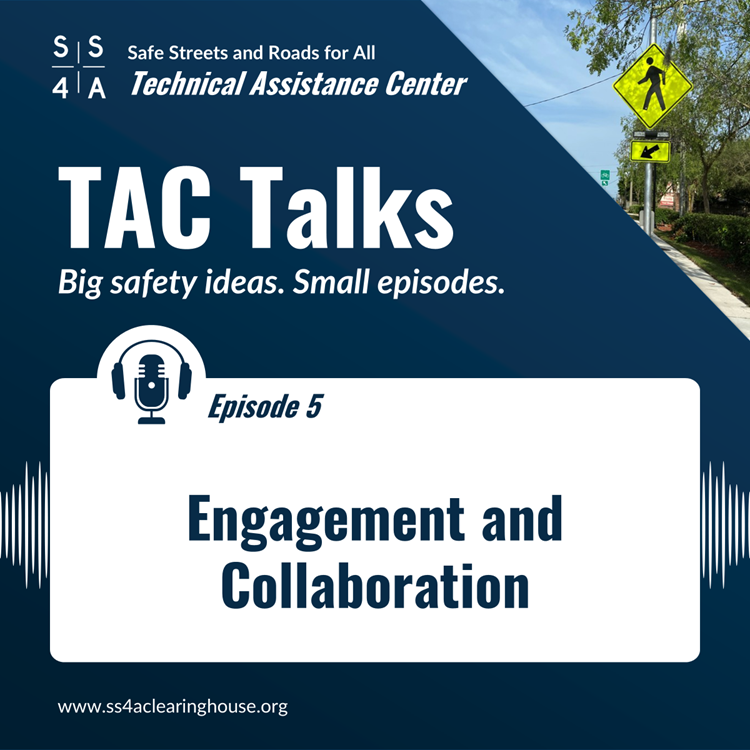Technical Assistance Center
TAC Services Overview
Who can I contact for personalized coaching?

Request a one-on-one coaching session with a transportation specialist to discuss your roadway safety challenges as your work through your Action Plan, demonstration activities, and/or implementation grant! Whether you have a specific question or want to share what you’re working on, our transportation safety staff are here to help. During the session, we recommend next steps and share helpful resources based off your needs. Coaching session topics include, but are not limited to, how to analyze safety data, host public engagement activities, and project selection strategy.
For general inquiries and questions please contact your primary FHWA POC or email the SS4A team.
About SS4A

The Infrastructure Investment and Jobs Act (IIJA) established the Safe Streets and Roads for All (SS4A) grant program with $5 billion in appropriated funds over five years, 2022-2026. The SS4A program funds regional, local, and Tribal initiatives, preventing roadway deaths and serious injuries through the Safe System Approach.
Learn more about the Safe System Approach (SSA)
Grant Types
Want To Learn More?
About SS4A Grants
How To Apply
Eligibility and Requirements
Events








- Finding opportunities to fund your Action Plan projects
- How to incorporate content in your Action Plan to help secure project funding
- Examples of how SS4A grant recipients can coordinate with their respective States regarding Highway Safety Improvement Program (HSIP) funding.











Community of Practice Overview
Opportunities to Get Involved

- Who: Grant recipients
- What: Webinars with guest speakers and subject matter experts on relevant grants management and roadway safety topics
- When: Quarterly

- Who: Select grant recipients, based on topic and meeting audience
- What: Facilitated discussions for small groups on specific roadway safety or Action Plan development topics
- When: Quarterly

- Who: Anyone
- What: Sharing a project story, case study, or win that others can learn from
- When: Ongoing
Submit Your Success Story
Quarterly Newsletters and Blog Posts
Summer 2025 Newsletter
Fall 2024 Newsletter
Summer 2024 Newsletter
Spring 2024 Newsletter
SS4A Making Rural Communities Safer
Highlighted Publications from Transportation Partners
Guidelines for Creating an Effective Vision Zero Action Plan, from Vision Zero Network.
Vision Zero and Safe Routes to School: Partners in Safety, from Safe Routes Partnership
Technical Assistance Center (TAC) Talks
Listen now and start building safer streets one episode at a time!
Episodes






Select One or More Options
Enter keywords to search for episodes
How Can We Help You?
We know you have questions! Search below to find FAQs from your fellow grant recipients.
Search FAQs by Topic
Not sure about your question's topic?
 No results found. Please try another search term.
No results found. Please try another search term.





 Visit All FAQs
Visit All FAQs




